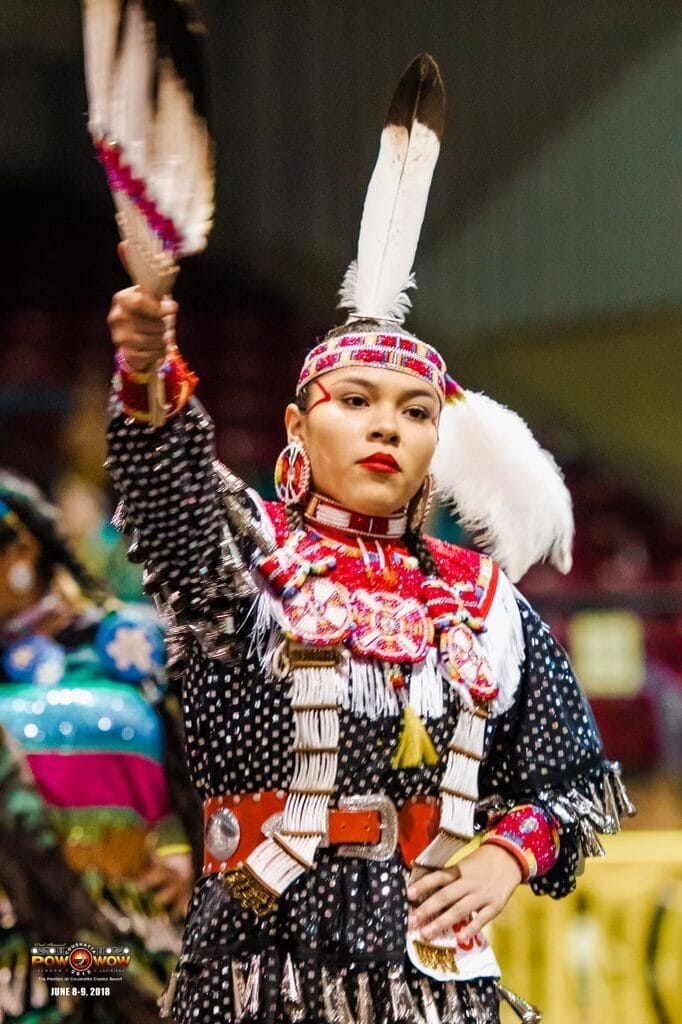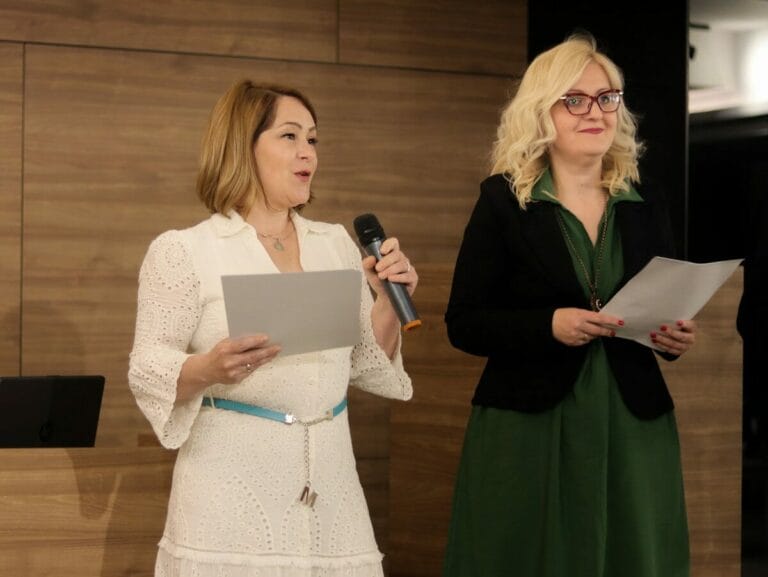Native American powwows are experiencing a remarkable resurgence across the United States, transforming from community gatherings into significant cultural tourism destinations that preserve Indigenous heritage whilst generating meaningful economic impact for tribal communities.
This revival represents far more than entertainment. Powwows serve as vital cultural transmission vehicles where traditional knowledge, regalia-making techniques and ceremonial practices pass from elders to younger generations. The vibrant displays of handcrafted regalia, beautiful beadwork and traditional dancing create immersive experiences that educate visitors whilst strengthening tribal identity.
Cultural Tourism Creates Economic Opportunities
The economic implications extend well beyond admission fees. According to the American Indian and Alaska Native Tourism Association, Native American tourism generates $14 billion annually in the United States. Powwows anchor this sector by attracting visitors who spend extensively on authentic crafts, traditional foods and local accommodation.
The Coushatta Tribe of Louisiana exemplifies this trend with their 28th annual powwow scheduled for 13-14 June 2025 at The Pavilion at Coushatta Casino Resort. Drawing hundreds of representatives from tribes across the United States and Canada, the event has evolved into one of the largest Native American gatherings in the southern United States. General admission costs $10 per day, with children aged six and under attending free.
The festival features world champion dancers competing in multiple categories whilst tribal drum groups provide traditional music. Two grand entries occur daily at 12pm and 7pm on Saturday, with additional gourd dances throughout the weekend. The alcohol and drug-free environment creates a family-friendly atmosphere that appeals to cultural tourists seeking authentic experiences.
Authentic Arts and Crafts Drive Visitor Spending
Marketplace activities generate substantial revenue for Indigenous artisans. The Coushatta powwow showcases handcrafted jewelry, beaded moccasins, traditional regalia and the famous Coushatta long-leaf pine needle baskets alongside authentic Native American foods including Indian frybread and Indian tacos.
These artisanal products represent generations of cultural knowledge. Most regalia pieces are handmade family heirlooms passed down through generations, featuring intricate beadwork and colourful feathered details that require months or years to complete. This authentic craftsmanship aligns with the growing global interest in Indigenous art and cultural narratives.
Education Meets Entertainment
Modern powwows balance cultural preservation with public education. Exhibition dances and specialty performances showcase different age categories and regional variations, providing context for visitors unfamiliar with Native American traditions. This educational component transforms casual tourists into cultural ambassadors who appreciate Indigenous heritage complexities.
The timing particularly matters. The United States Postal Service issued a “Powwows: Celebrating Native American Culture” Forever stamp series in April 2025, highlighting growing national recognition of these cultural celebrations’ significance.
Regional Impact Multiplies
Louisiana’s powwow scene benefits from established tourism infrastructure. The Coushatta Casino Resort location on US Highway 165 provides convenient access for interstate visitors, whilst the venue’s amenities support extended stays that boost regional spending on hotels, restaurants and retail shops.
This accessibility factor proves crucial for cultural tourism success. Powwows in remote locations often struggle to attract diverse audiences, whilst those near transportation hubs and tourist facilities achieve greater economic impact for surrounding communities. Similar patterns emerge in other cultural celebrations across the South.
Preserving Traditions in Modern Context
Contemporary powwows demonstrate how traditional cultures adapt without losing authenticity. The competitive dancing elements, whilst maintaining ceremonial significance, create excitement that engages modern audiences. This evolution ensures cultural practices remain vibrant rather than becoming museum pieces.
The multi-generational participation particularly strengthens cultural transmission. Children witness elders performing traditional roles whilst participating themselves, creating continuous links between past and future. This living tradition approach proves more effective than static cultural preservation methods.
The growth trajectory appears sustainable. Major powwow circuits now span from the Gathering of Nations in Albuquerque to regional celebrations like the Fort Peck Tribes’ events in Montana and the Dartmouth College Powwow that attracts over 1,500 attendees annually.
For communities seeking authentic cultural experiences, powwows offer unmatched insights into Indigenous heritage whilst supporting tribal economic development. The Coushatta celebration exemplifies how traditional practices create modern opportunities without compromising cultural integrity, reflecting broader trends where ancient heritage meets contemporary cultural tourism.






